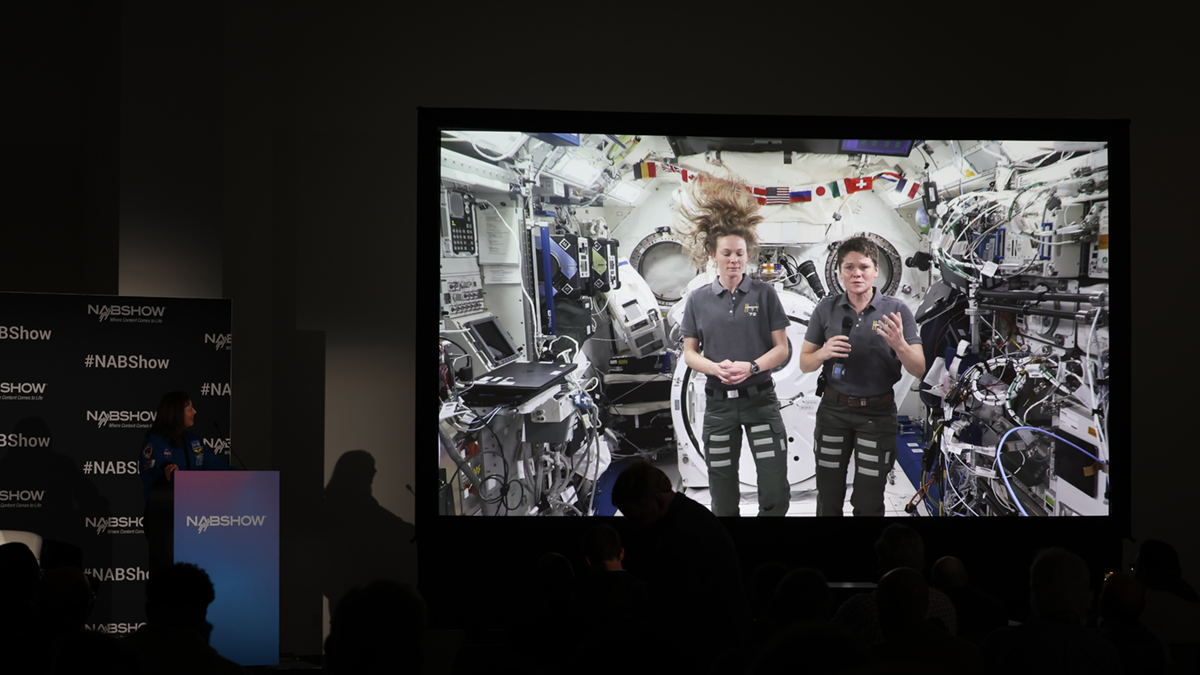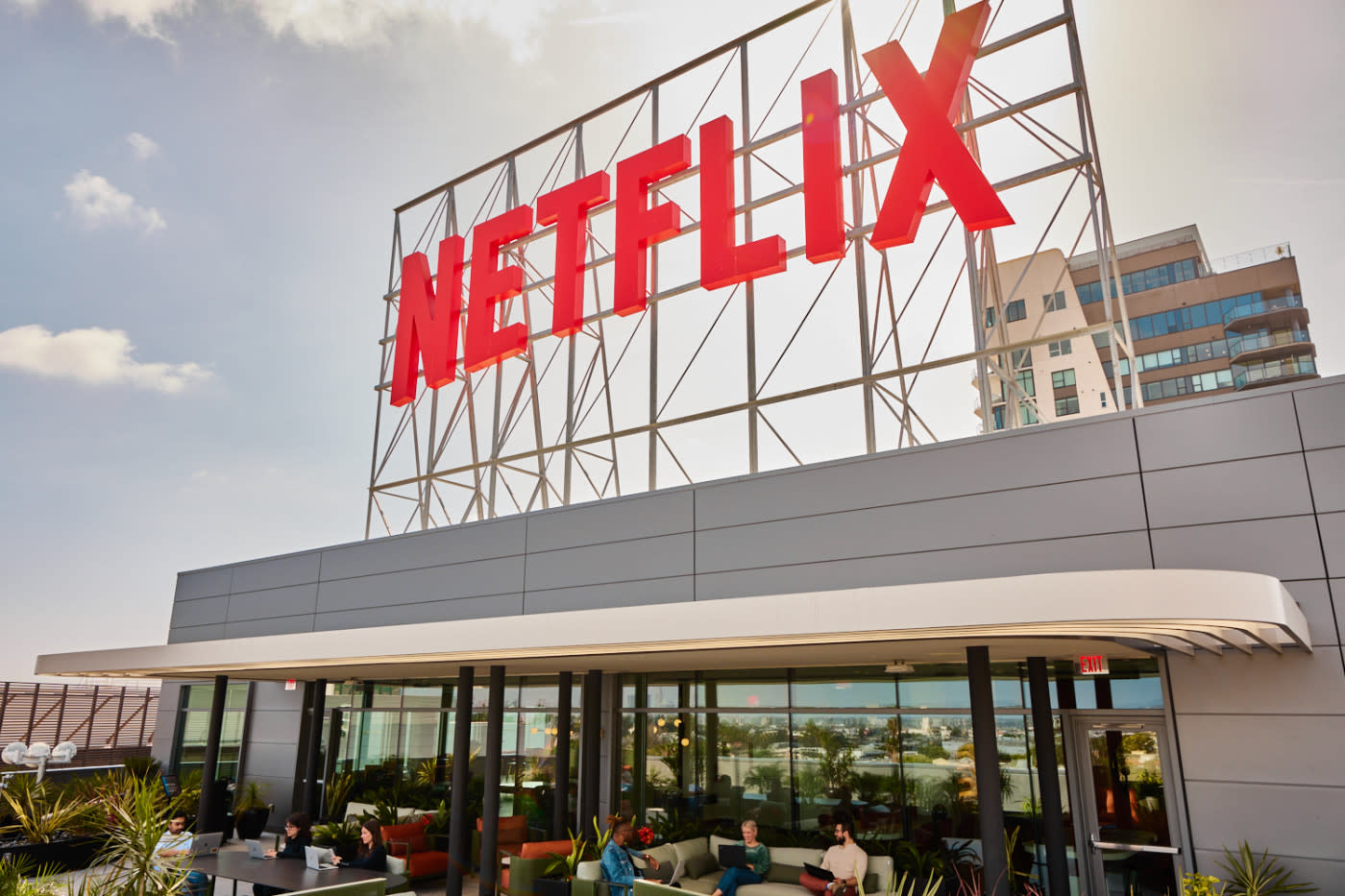Sponsored: NAB Show Retrospective
Three takeaways from the 2025 NAB Show to consider

With the 2025 NAB Show in the rearview mirror and a bit of time to put developments into perspective, here are three of my key takeaways from the gathering. One proviso, however. I go to the show with a pretty comprehensive schedule, so the observations I offer must be considered with that in mind.
Out of this world challenge: The Broadcast Engineering and IT Conference opening session offered a fun blend of the International Space Station, two astronauts onboard and one on stage, NASA+ (formerly NASA TV) management, and broadcast industry players.
There were two key takeaways from the session. First, despite some technical hiccups, UHD video transmission from the ISS to the Las Vegas Convention Center meeting room looked great and will serve viewers well if the Artemis 3 return of humans to the moon happens (now scheduled for mid-2027).
Second, unlike the 1969 Apollo 11 mission to the moon when 650 million watched around the world on their TVs, billions of people will be watching on every platform imaginable, creating a serious challenge for unicast networks. Fortunately, key pieces of the puzzle to make that happen are falling into place.
Not where am I, but when am I: Say “GPS” to anyone on the street, and the first thing to come to mind probably is the app on their phone or the navigation system in their car that directs them to where they’re going. But that’s only part of the story, and as it turns out, from a national security perspective, the less important one.
GPS also delivers the highly precise time data needed to keep everything from electrical utilities to the financial industry in sync and delivering their critical services. But what if a calamity took out the satellites orbiting high above? That’s precisely what the Trump Administration is trying to address.
A month before the show, the FCC formerly asked stakeholders to propose a GPS backup. Then in Las Vegas, the broadcast industry presented its solution. Known as the Broadcast Positioning System, BPS was deployed in Las Vegas, delivering timing on par with GPS to the show floor from a TV tower on the outskirts of the city on Black Mountain.
The professional video industry's #1 source for news, trends and product and tech information. Sign up below.
The big thing BPS has going for it—besides the fact that it works—is the nationwide network of towers, antennas and transmitters needed to deliver it—that is the nearly 1,800 full power TV stations on air today in the United States—already exist.
Big Data Delivery Goes OTA: Big data in media is usually thought of in terms of data analytics, an AI-driven technique that is helping brands and agencies make better marketing choices and ad placements. But there’s another big data application emerging in the broadcast slice of the media space. It has nothing to do with analytics and everything to do with delivery.
At the NAB Show, E.W. Scripps, Gray Media, Nexstar Media Group and Sinclair held a fireside chat, which I moderated, on their new ATSC 3.0-based datacasting joint venture: EdgeBeam Wireless.
Announced in January, EdgeBeam covered 76% of the U.S. at launch and has set its sights on nationwide coverage as ATSC 1.0 goes away over the next few years. Currently, those four broadcasters can devote about 9Mbps of their total available NextGen spectrum to over-the-air delivery of IP data, but with a 1.0 shutoff that will skyrocket to about 100Mbps.
Given the one-to-many nature of television transmission as well as a UHF TV signal’s coverage characteristics, EdgeBeam is taking aim at data customers, such as auto companies and those wishing to drive industrial IoT devices, to open up new revenue streams to broadcasters.
During the session at the NAB Show, top executives from each of the partners discussed the venture and their determination to make it a thriving business.
Of course, I am only one person and there were only so many hours in the day. Of the 55,000 other show registrants, there are likely 55,000 other perspectives on the trends that emerged during the show.
One worth hearing is that of Simon Hawkings, director of sales strategy at Ross Video. I recently had a chance to interview him about the trends he saw developing at the show—not specifically related to Ross, but rather developments that will affect the broader industry.
To watch that interview click here.
Ross Video has also shared links to some of its recent publications, including AI in sports production, its NAB Show introductions and a new white paper, “Navigating Modern Day Signal Processing."
